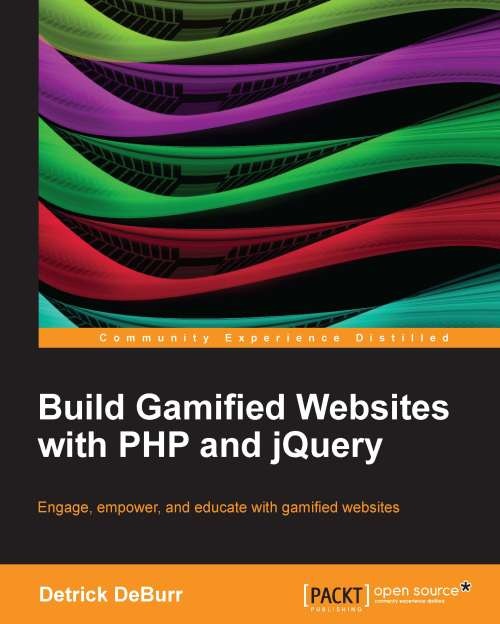

Most ebook files are in PDF format, so you can easily read them using various software such as Foxit Reader or directly on the Google Chrome browser.
Some ebook files are released by publishers in other formats such as .awz, .mobi, .epub, .fb2, etc. You may need to install specific software to read these formats on mobile/PC, such as Calibre.
Please read the tutorial at this link: https://ebookbell.com/faq
We offer FREE conversion to the popular formats you request; however, this may take some time. Therefore, right after payment, please email us, and we will try to provide the service as quickly as possible.
For some exceptional file formats or broken links (if any), please refrain from opening any disputes. Instead, email us first, and we will try to assist within a maximum of 6 hours.
EbookBell Team

0.0
0 reviewsToday, that encounter would be very different. Although very misunderstood, businesses are taking gamification very seriously, as they find it more and more difficult to engage and ultimately retain customers.
In this book, we take a closer look at gamification. We assume you know nothing about gamification but have some background in website development. We walk you through the Gamification Design Framework outlined in this book, applying gamification principles along the way.
Although not difficult to understand, gamification requires an approach that is focused on user engagement and fun to develop systems.
When you are done, you will have a live project so you can demonstrate your understanding of key gamification principles.
What this book coversChapter 1, Gamifying the Educational Process, inventories the current uses of gamification in educational settings.
Chapter 2, The Framework, gives the reader a framework to apply to future gamification projects, as well as a visual mockup of the final website project we will be building for the rest of the book.
Chapter 3, Objectives and Target Behavior, takes the reader through the first few practical steps in the gamification process. We define the objectives and target behaviors for our project.
Chapter 4, The Players, helps us identify the characters, users, and stakeholders (that is, players) in our system along with their motivations.
Chapter 5, Activity, outlines the crux of the gamified system, the mechanics, elements, rules, and so on, of our website project.
Chapter 6, The Fun, helps the reader understand the difference between intrinsic and extrinsic motivation and what makes an activity enjoyable to engage in.
Chapter 7, The Wrap Up, wraps up all that we have done in earlier chapters. The reader iteratively goes through the gamification design framework, implementing more game elements to drive user behavior.
Appendix, Tables, contains tables outlining the Engagement Loops for each of Bartle's player types and an outline of the Gamification Design Framework for our gamified system.